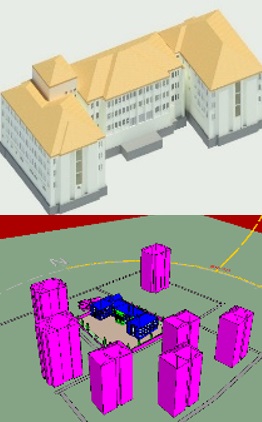
Comparison of Cooling Loads of a Building in the Site with Heat Balance and Radiation Time Series Methods and Computer Aided Analysis
Corresponding Author:
DOI Number https://doi.org/10.52924/PODW1839
Received: 05.01.202
Accepted 18.01.202
Published 01.02.202
Summary:
Recently, extensive research has been conducted on energy saving in air-conditioned buildings. The cooling load stands out as a pivotal factor influencing energy consumption, underscoring the critical need for accurate calculations. This study aims to compare the Radiation Time Series (RTS) and Heat Balance (HB) methods, recognized as optimal approaches for cooling load calculations in the ASHRAE Handbook-Fundamentals, utilizing computer software. The primary focus of this investigation was a four-floor U-type geometry primary school in Kayseri, comprising 93 spaces. The building was modeled using Revit software, employing the Radiant Time Series method, and IESVE software, incorporating the Heat Balance method. All relevant data inputs were defined, and subsequent cooling load calculations were executed. The outcomes reveal with Revit producing a total cooling load estimate 0.6% lower than IESVE. In conclusion, the values derived from both RTS and HB methods for calculating the building's cooling loads exhibit noteworthy proximity, affirming the robustness of these methodologies in conjunction with computer software applications.
Graphical Abstract:
